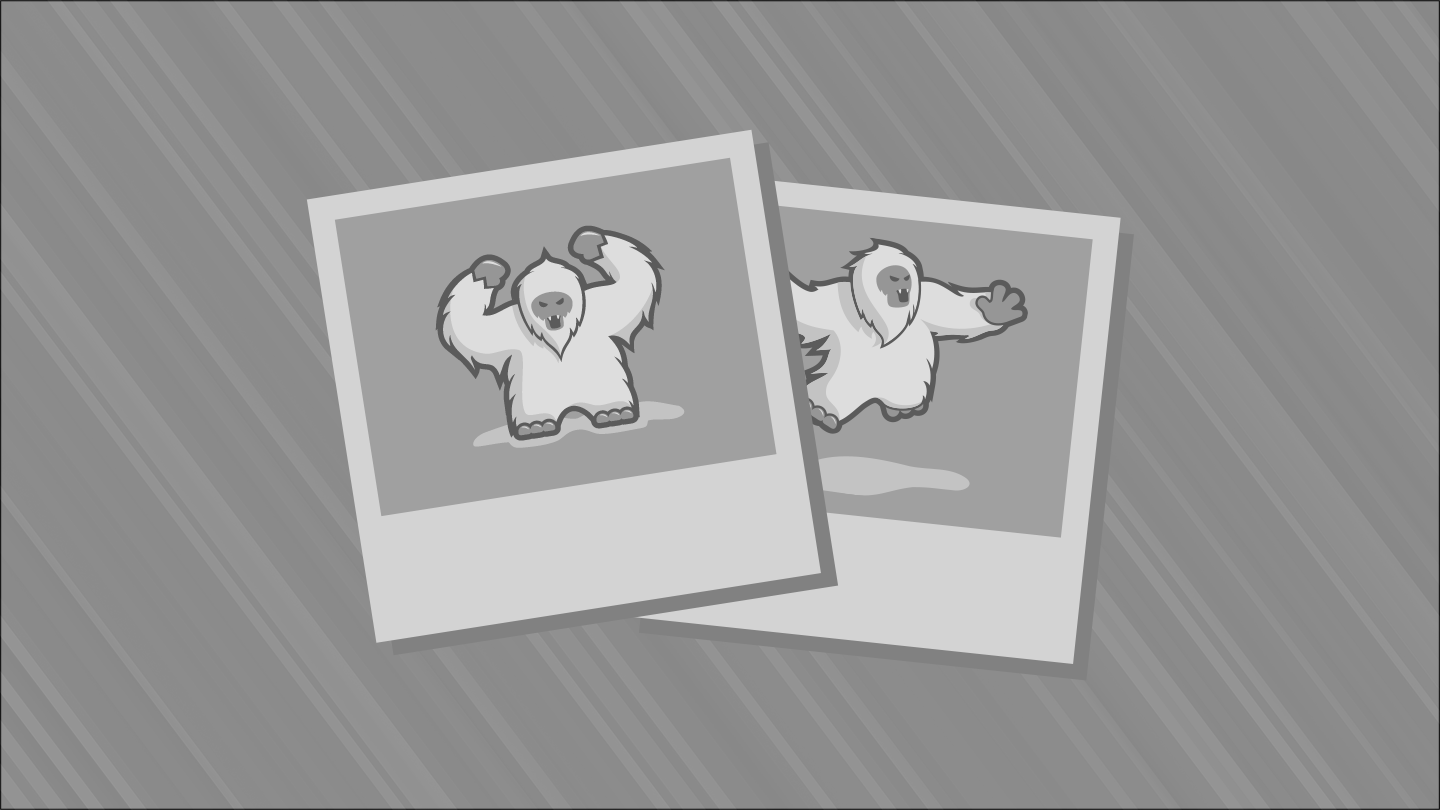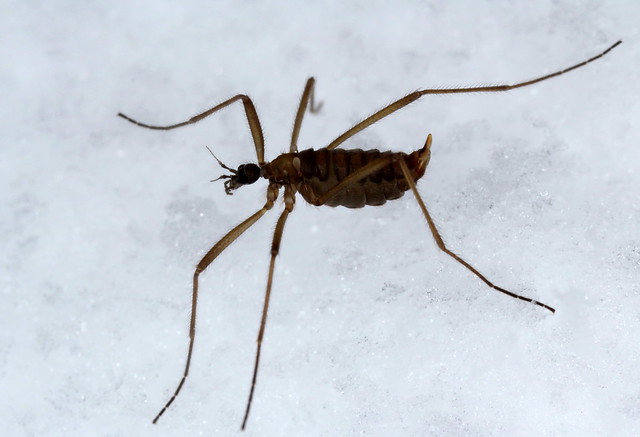Here in Canada, cross-country skiing is a favourite winter pastime, with people eagerly awaiting the first snow by waxing their skis and stocking up on hot chocolate for after their trek through the wilderness. The Norwegians however, have shown this week that cross-country skiing is their sport at the moment, having taken home 8 medals in cross-country skiing events (6 in cross-country, 2 in biathlon) already!

Cross-country skiers from Switzerland, Sweden and Norway push towards the finish line in the skiathlon. Photo copyright Guy Rhodes-USA TODAY Sports
In my experiences with cross-country skiing, I found it was much easier to stay upright when moving, and that stopping generally resulted in a cold, snowy crash followed by some awkward struggling to get back on my skis.
In a way, that’s a lot like Chionea winter crane flies (Limoniidae — or Tipulidae, depending on who you ask), a genus of wingless flies which are commonly seen running across the snow on sunny days across North America and Europe. It’s been reported repeatedly that when on snow, Chionea are in constant motion. Why might this be? Princeton entomologist Warner Marchand believed it might have been to avoid freezing to the snow, a conclusion he came to after observing winter crane flies on the balcony of his vacation home over several days. Sigmund Hagvar, an entomologist working in Oslo, Norway, on the other hand, sat and counted the number of steps Chionea araneoides individuals took across the snow, and found they took ~85 steps/min when temperatures approached 0°C, while slowing to only ~40 steps/min when the air temperature was -5°C! He suggests that the continuous movement may enable these flies to live and breed at such cold temperatures, noting that at -6°C they begin to go into chill coma and die. With temperatures expected to be just above freezing at the Sochi Cross-Country Skiing this week, Chionea araneoides may be hot-stepping their way to a medal!

Chionea araneoides from Mørkved, Bodø, Norway. Photo copyright Geir Oersnes.
—
Hagvar S. (1971). Field Observations on the Ecology of a Snow Insect, Chionea araneoides Dalm. (Dipt., Tipulidae), NORSK ENTOMOLOGISK TIDSSKRIFT, 18 (1) 33-37. Other: Link
Marchand W. (1917). Notes on the habits of the Snow Fly (Chionea), Psyche, 24 142-153. Other: Link
